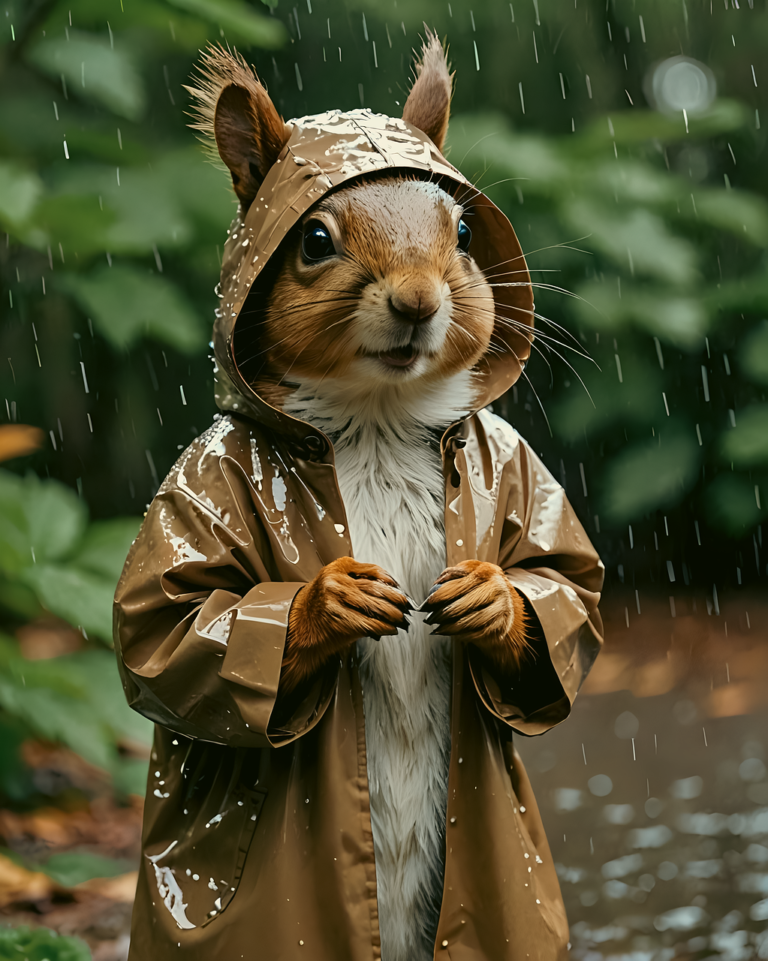What the Bleep is a ‘Superbloom’ and Why Does It Only Happen Occasionally?
What the Bleep is a Superbloom?
A “Superbloom” sounds like something out of a fantasy novel or a sci-fi movie, but it’s very real and incredibly spectacular! A Superbloom is a rare natural phenomenon that occurs in desert areas when an unusually high number of wildflowers bloom simultaneously. This massive floral event transforms the typically barren and arid landscape into a breathtaking sea of vibrant colors, ranging from purples and pinks to yellows and blues. It’s like Mother Nature decided to throw a massive party, inviting all the flowers to come out and show off their best colors.
Why the Bleep Do Superblooms Happen?
The key ingredient for a Superbloom is water—lots and lots of it. Deserts are known for their dry conditions and scarce rainfall, which makes plant life tough and sparse. However, desert plants, especially wildflowers, are incredibly resilient. Many of them have evolved to survive in these harsh conditions by lying dormant as seeds, sometimes for years, just waiting for the right moment to sprout.
A Superbloom occurs when there’s a perfect combination of factors:
- Heavy Rainfall: Deserts rarely get substantial rainfall, but when they do, it’s a game changer. A significant downpour is essential for a Superbloom because it provides the much-needed water for seeds that have been lying dormant in the soil.
- Timing of the Rain: Not just any rain will do; the timing needs to be just right. Rain in late fall or early winter is ideal because it gives the seeds time to germinate and grow before the heat of summer returns. If the rain comes too late or too early, it may not trigger a bloom, or the plants may not survive long enough to bloom.
- Perfect Temperature: Temperatures that are neither too hot nor too cold are crucial. Mild temperatures allow the seeds to germinate and grow without being scorched by the desert sun or frozen by unexpected cold snaps.
- Low Wind: Wind can dry out the delicate young plants and can also carry away topsoil and seeds, so a relatively calm weather period after the rain is beneficial.
- Soil Conditions: The soil needs to be able to retain enough moisture without being too compact. This allows the seeds to take root and grow into blooming flowers.
Why the Bleep Do Superblooms Only Happen Occasionally?
Given all these requirements, it’s no wonder that Superblooms are rare events. The desert is a place of extremes, and getting all these conditions to align perfectly doesn’t happen often. Several factors contribute to the infrequency of Superblooms:
- Unpredictable Rainfall: Deserts don’t have consistent rain patterns. Some years, they might receive a surprising amount of rain, while other years can be almost completely dry. It’s this unpredictability that makes planning a Superbloom difficult.
- Climate Change: As global weather patterns shift, deserts might receive more or less rain than they have historically. This can either increase or decrease the likelihood of a Superbloom, depending on the specific changes in weather patterns.
- Natural Plant Cycles: Even when conditions seem perfect, not every plant may bloom. Some plants have natural cycles that dictate when they will produce flowers, regardless of the external environment.
How the Bleep Do Superblooms Affect the Ecosystem?
While Superblooms are stunning to behold, they are more than just a pretty sight. They have significant ecological impacts:
- Supporting Pollinators: A Superbloom provides a temporary buffet for pollinators like bees, butterflies, and hummingbirds. The abundance of flowers means plenty of nectar and pollen, supporting these crucial species.
- Seed Production: A Superbloom is a fantastic opportunity for plants to produce seeds and reproduce. The more flowers there are, the more seeds can be produced, ensuring the survival of the species for future generations.
- Ecosystem Boost: Superblooms can boost the entire ecosystem by providing food and habitat for a variety of animals, from insects to mammals. The sudden burst of plant life can even help prevent erosion and improve soil health temporarily.
Where the Bleep Can You See a Superbloom?
Superblooms are most commonly associated with deserts in North America, particularly in places like California’s Anza-Borrego Desert State Park, Joshua Tree National Park, and Death Valley National Park. However, Superblooms can occur in other desert regions around the world, such as the Atacama Desert in Chile.
These locations often experience Superblooms following El Niño weather patterns, which bring increased rainfall to typically dry areas. When a Superbloom is predicted, these parks can become popular tourist destinations, attracting visitors from around the world eager to witness the natural spectacle.
How the Bleep Can You Prepare for a Superbloom Visit?
If you’re lucky enough to be near a desert during a Superbloom, here’s how to make the most of your visit:
- Check Local Reports: Before you go, check local reports and park websites for the latest information on Superbloom conditions. This can help you plan the best time to visit and avoid crowds.
- Dress Appropriately: Desert conditions can be unpredictable. Dress in layers, wear sunscreen, and bring a hat to protect yourself from the sun. Good walking shoes are also a must, as you’ll likely be doing a lot of exploring.
- Stay on Designated Paths: While it’s tempting to get up close to the flowers, staying on designated paths helps protect the delicate ecosystem. Trampling plants can damage the area and make it harder for future blooms to occur.
- Bring Water and Supplies: Deserts can be harsh environments, even during a Superbloom. Bring plenty of water, snacks, and any other supplies you might need, as amenities can be sparse in remote areas.
- Respect Wildlife: Remember, you’re a guest in the habitat of many animals. Keep a respectful distance from wildlife and avoid disturbing them or their environment.
Why the Bleep Do We Love Superblooms?
Superblooms captivate us not just because of their rarity but also because of their fleeting beauty. They remind us of nature’s incredible ability to adapt and flourish even in the most challenging conditions. A Superbloom is a testament to resilience and a celebration of life in its most colorful form.
Next time you hear about a Superbloom, consider making the trek to see it in person. It’s an experience that can leave you awestruck by the beauty and power of nature, and you’ll understand why people are so eager to witness this bleeping amazing phenomenon!
Superblooms are truly one of nature’s most spectacular events, occurring under the perfect set of circumstances to transform a desert into a vibrant sea of color. They’re rare, they’re stunning, and they’re a reminder of the delicate balance of ecosystems. If you ever have the chance to witness one, you’ll see firsthand why they’re so bleeping special!







